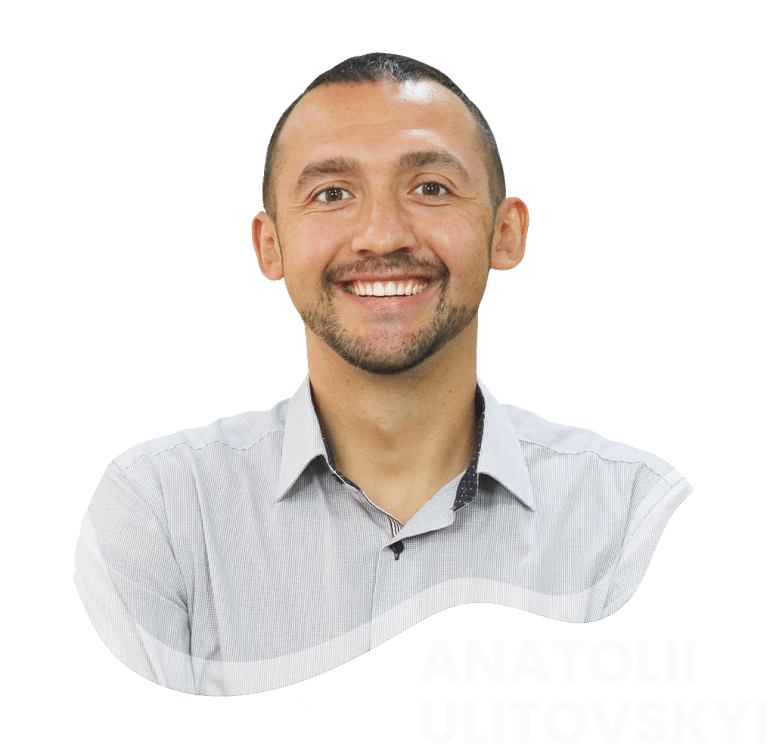In 2025, global organizations are racing to adopt Generative AI—but success doesn’t always mean sprinting. Take KPMG, which hosted a two-day AI training for 90 tax interns, teaching them prompt techniques like “chain of thought” to boost task completion efficiencies up to 80%. The program used simple tools, group discussions, and practical coaching—proving that AI fluency doesn’t require complexity to have impact.
That contrasts with Johnson & Johnson, which rolled out mandatory generative AI training to over 56,000 employees using internal platforms like GPTeal—saving time, boosting productivity, and reshaping their learning culture.
On the UNmiss Podcast, I sit down with Andrea Paternostro, a corporate training strategist guiding companies through the tension between speed and governance. Because when introducing AI, too much haste brings risk—but moving too slow invites irreversible delay.
Together, we unpack Andrea’s Discover → Design → Deliver framework: an agile roadmap that balances rapid experimentation with compliance guardrails, measurable ROI, and team alignment.
We also explore real-world hurdles—fragmented processes, vague ownership, and siloed departments—and how cross‑functional teams (HR, Legal, IT, Marketing) can collaborate smoothly to scale AI safely and strategically.
🎯 What You’ll Learn:
-How to launch Gen AI training safely in risk‑averse or regulated environments
-The Discover → Design → Deliver framework in action—and why it works
-How to choose models or solutions (or off‑the‑shelf tools) that match your company stage
-Best practices to align legal, HR, IT, and marketing without internal friction
-How to measure success, from ROI metrics to adoption and trust
-Why early “quick wins” can make compliance a strategic enabler, not a blocker
Sample Interview Questions:
-How do you recommend organizations start implementing Gen AI training from zero?
-What tools or models—GPT‑4, in‑house platforms, or SaaS—work best for corporate learning?
How do you apply the Discover → Design → Deliver stages in real case studies?
What common obstacles (fragmented process, unclear ownership, vague policy) do companies face—and how do they overcome them?
How do you ensure Legal, IT, and HR work with innovation instead of slowing it down?
-What metrics should leaders monitor—beyond ROI—to evaluate a training program’s success?
If you’re responsible for AI upskilling or guiding AI adoption in your organization, this episode equips you to move fast, but not recklessly. Let me know if you'd like a shorter cut for promo, email teasers, or platform blurbs!
































